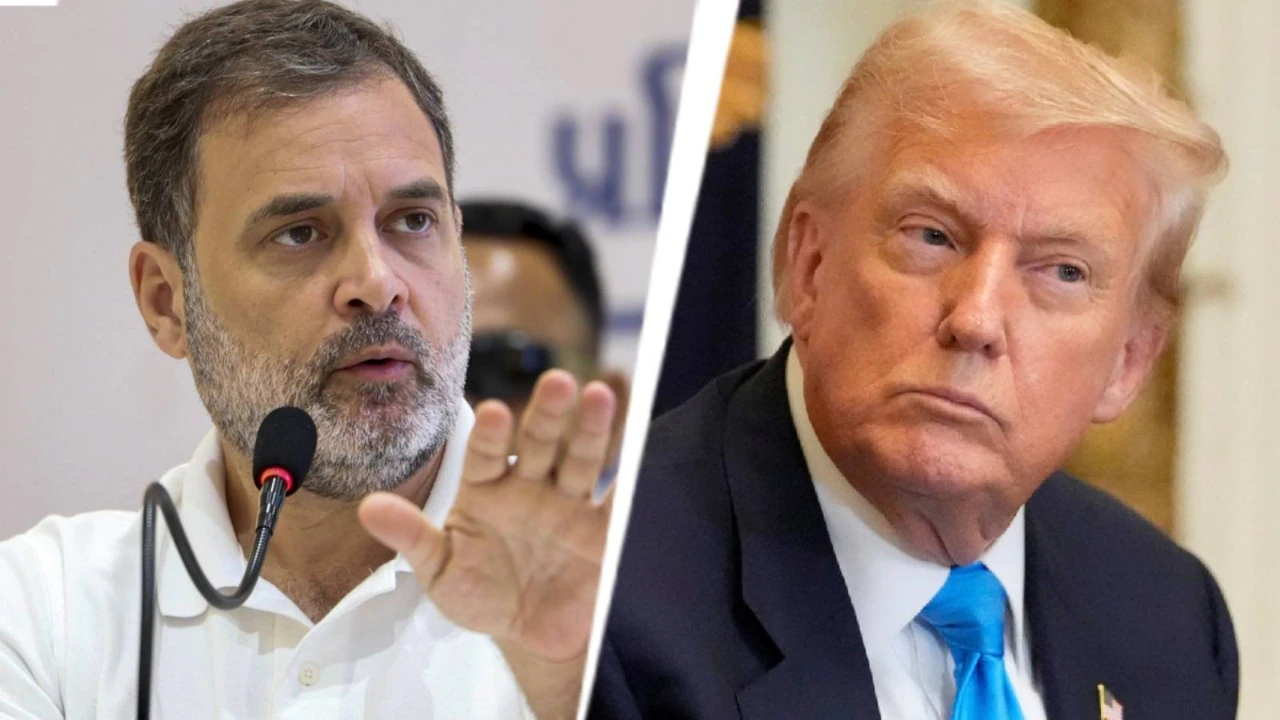Now Reading: India’s Place in the Global Crypto Map: How Regulations Shape the Future for Investors
-
01
India’s Place in the Global Crypto Map: How Regulations Shape the Future for Investors
India’s Place in the Global Crypto Map: How Regulations Shape the Future for Investors

Cryptocurrency has grown from a niche idea to a trillion-dollar global industry, and India is no longer on the sidelines. The country has one of the world’s largest pools of crypto users, yet its rules and regulations remain complex. As global powers like the US, Japan, and the EU push clear crypto laws, India’s cautious approach is shaping how millions of small investors and traders experience the digital asset space.
India’s relationship with crypto has been a mix of curiosity and caution. The Reserve Bank of India has repeatedly warned users about risks, while the government has stopped short of an outright ban. Instead, it introduced a 30 percent tax on crypto profits and 1 percent TDS on every transaction. This move was meant to bring accountability, but it also made trading less attractive for casual users.
Globally, many countries are moving toward regulation instead of restriction. The United States treats crypto as an investment asset, Japan regulates exchanges under its financial laws, and the European Union recently launched the MiCA framework to protect consumers. These systems give investors more clarity and businesses more stability. In comparison, India’s policy remains a work in progress—focused more on compliance and taxation than long-term innovation.
For everyday investors in Tier-2 cities, this uncertainty can be confusing. Many started exploring crypto through small trades during the 2020 boom. But unclear rules, tax deductions, and frequent policy updates have pushed some back toward traditional options like mutual funds and gold. Small-town investors, who often depend on clear guidance from local banks or advisors, hesitate to invest in something that feels legally unsettled.
However, India’s cautious stance also has a reason. The government wants to prevent money laundering, online scams, and misuse of digital assets. By studying how other countries manage risks, India aims to design a system that balances innovation with safety. The introduction of the e-rupee, a digital version of India’s currency issued by the RBI, is one step in that direction—showing interest in blockchain technology without depending on private cryptocurrencies.
Crypto exchanges in India continue to operate under tight supervision. Most have introduced strict KYC norms, transaction reporting, and identity verification to build trust. For long-term investors, this is both good and limiting—it reduces fraud but also adds friction. Some traders have moved to international exchanges, though that brings its own risks related to security and taxation.
Globally, India’s crypto community remains one of the most active. Developers, blockchain startups, and educators from smaller cities are participating in hackathons, NFT projects, and fintech innovations. Despite restrictions, talent continues to grow. This shows that regulation may slow down speculation, but it cannot stop curiosity or technological progress.
For now, India’s position on the global crypto map can be seen as “cautiously exploring.” It’s neither fully open nor entirely closed. The next phase will depend on how the government defines its final framework—whether it focuses on control or collaboration.
For Indian investors, the key is awareness. Understanding tax laws, using regulated exchanges, and avoiding speculation can make crypto safer and more sustainable. As the world moves toward a more structured digital economy, India’s steady approach could turn from hesitation into strength—if regulation evolves with clarity and confidence.

























